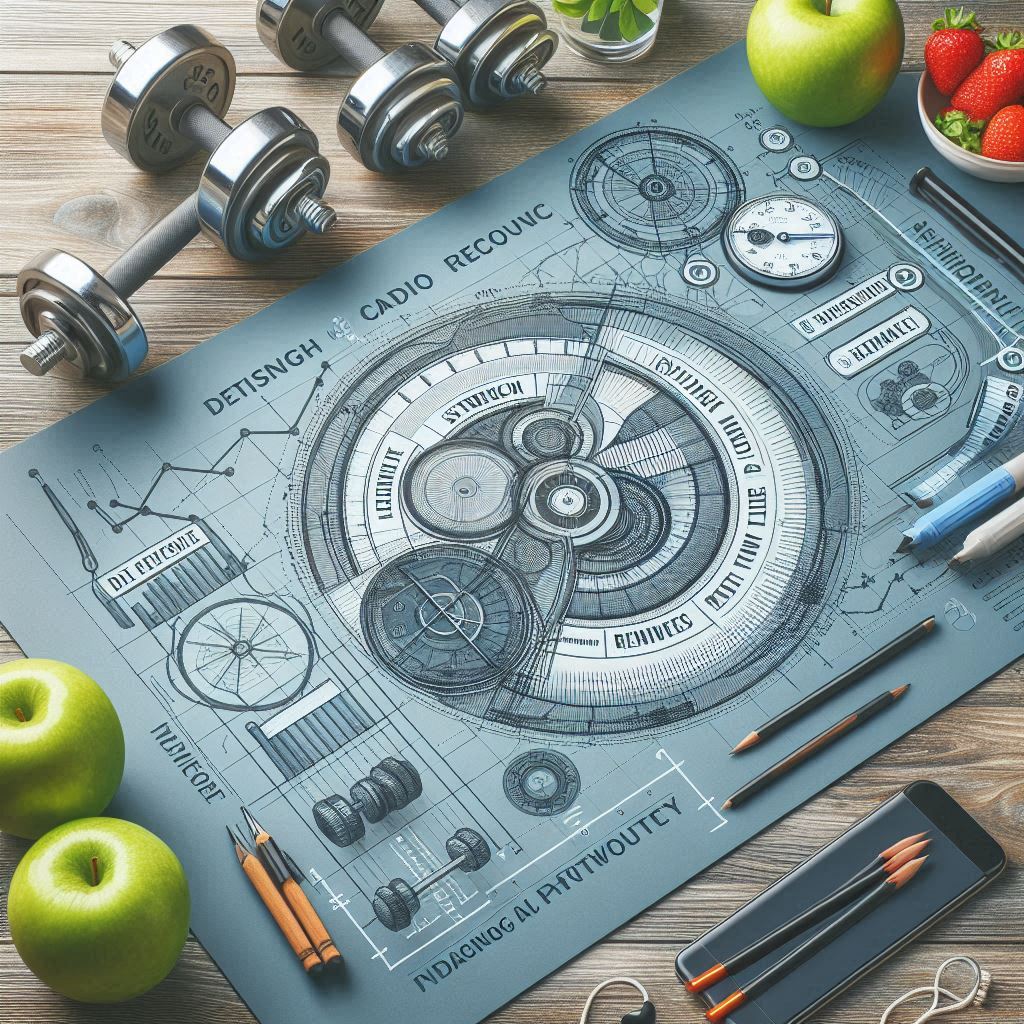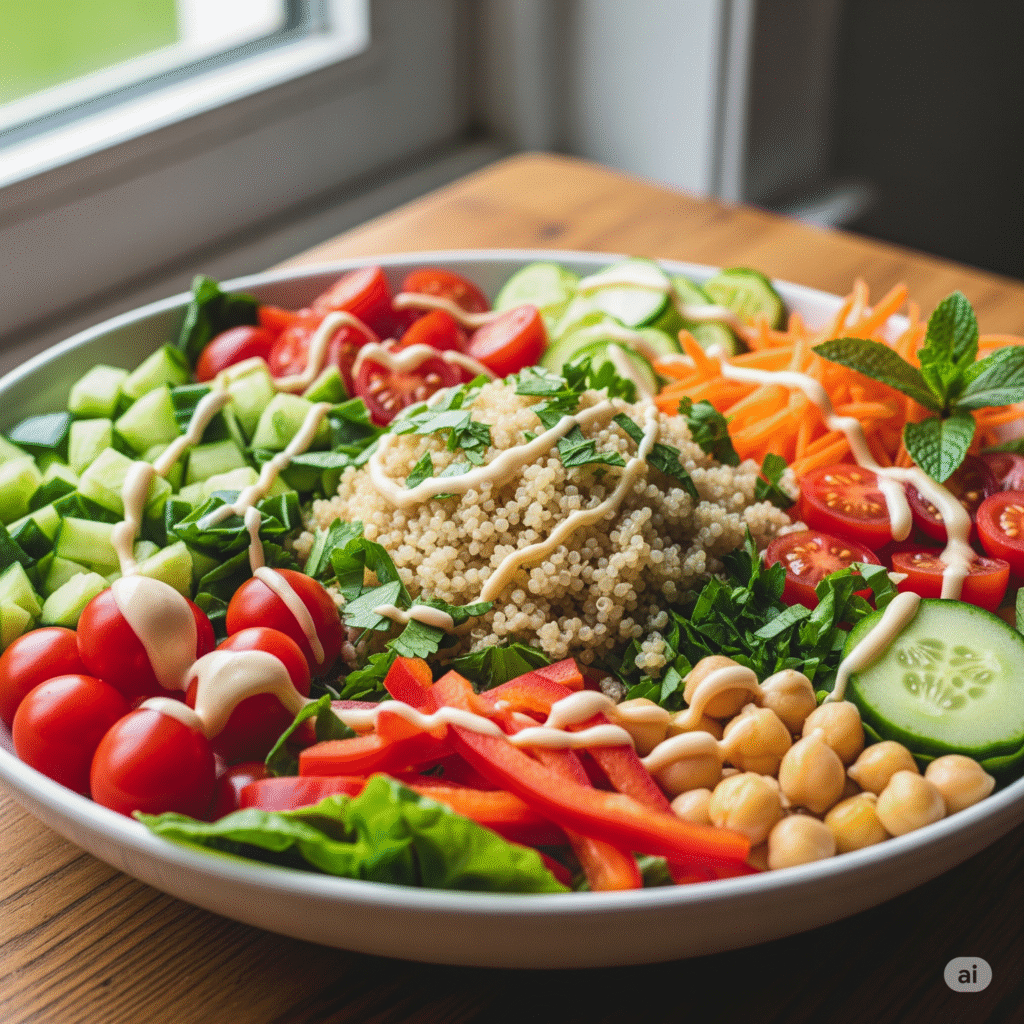How to Build a Weekly Fitness Plan That Actually Works
📌 Why a Balanced Workout Plan Matters
Many people start working out by doing too much of one thing—like all cardio or just weights—and quickly hit a plateau, burn out, or get injured.
In 2025, a balanced workout is the gold standard. It blends:
- Strength training to build muscle and support bone health
- Cardiovascular exercise to improve endurance and heart function
- Mobility and recovery work to prevent injuries and support long-term performance
Together, these elements keep your body resilient, your mind clear, and your energy levels high.

🧱 The 3 Pillars of a Balanced Fitness Routine
🏋️ 1. Strength Training: Build Muscle, Strength & Stability
Strength training is the foundation of fitness in 2025—not just for bodybuilders but for everyone.
Benefits:
- Increases metabolism
- Strengthens bones and joints
- Reduces injury risk
- Improves body composition (leaner, stronger)
Key Movement Types:
- Push (e.g., push-ups, overhead press)
- Pull (e.g., rows, pull-ups)
- Hinge (e.g., deadlifts, kettlebell swings)
- Squat (e.g., bodyweight squats, goblet squats)
- Core (e.g., planks, leg raises)
Recommended Schedule:
- 2–4 days/week depending on your goal and experience
- Alternate muscle groups or full-body circuits
- Prioritize form over weight
Beginner Tip: Start with bodyweight or resistance bands and focus on movement control.
❤️ 2. Cardiovascular Training: Boost Endurance & Heart Health
Cardio isn’t just for runners—it supports your heart, lungs, and brain.
Types of Cardio:
- Zone 2 cardio (low to moderate) – great for fat burning and metabolic health
- HIIT (High-Intensity Interval Training) – short, intense bursts for time-saving workouts
- Steady-State (jogging, cycling, swimming)
Benefits:
- Improves stamina
- Supports fat metabolism
- Reduces blood pressure and resting heart rate
- Enhances mood and sleep
Recommended Schedule:
- 150 minutes of moderate cardio per week, or
- 75 minutes of vigorous cardio, or
- Mix both, broken into 3–5 sessions per week
Tip: Zone 2 = You can talk but can’t sing while exercising. Try brisk walking, incline treadmill, or a light jog.
🧘♂️ 3. Recovery & Mobility: The Hidden Secret to Progress
Recovery isn’t passive—it’s active work that helps your body grow stronger. Without it, your muscles can’t rebuild, and you’re more likely to burn out.
Recovery Practices:
- Sleep (7–9 hours)
- Foam rolling or myofascial release
- Mobility routines (shoulder, hip, spine)
- Breathwork or meditation
- Active recovery days (walk, swim, stretch)
Mobility Workouts to Try:
- Dynamic stretching before workouts (leg swings, arm circles)
- Static stretching after workouts (hamstring stretch, child’s pose)
- Yoga once or twice a week for flexibility and mental reset
Tools: Massage guns, resistance bands, lacrosse balls
📆 Sample Balanced Weekly Routine
🧍♂️ Beginner Goal: Improve overall strength and endurance, train 5 days/week.
| Day | Workout Type | Example |
|---|---|---|
| Monday | Strength (Upper Body) | Push-ups, rows, dumbbell press |
| Tuesday | Cardio (Zone 2) | 30-min brisk walk or cycling |
| Wednesday | Strength (Lower Body + Core) | Squats, lunges, glute bridges, plank |
| Thursday | Recovery + Mobility | Yoga or light stretching |
| Friday | HIIT + Core | Jump squats, mountain climbers, plank |
| Saturday | Optional: Walk or fun class | Dance, hike, swimming, etc. |
| Sunday | Full Rest or Light Walk | Let your body recharge |

Physics Made Easy: Newton’s Second Law (Day 6)
Introduction Have…
🥗 Quinoa & Rainbow Veggie Salad with Lemon-Tahini Dressing
✅ Vegan…
JavaScript Day 2— Mastering JavaScript Basics: A Comprehensive Guide for Interview Preparation
100 Days…
कहानी – खुशी का गुब्बारा
एक बार…
Markandeya Rishi Temple – Mythology & Forest Serenity in Bilaspur/Hamirpur Border
Introduction Nestled…
Chintpurni Temple – The Shakti Peetha of Wish Fulfillment
Introduction Perched…








